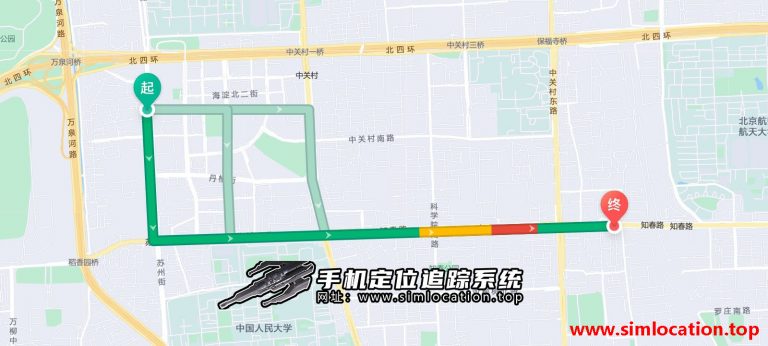Real-Time Phone Location Tools Without Software
Wiki Article

Mobile phone positioning tools have gained significant attention in recent years, offering the ability to locate a device using just a phone number. These tools promise quick and accurate results without the need to install software, making them appealing for various purposes, such as tracking loved ones, recovering lost devices, or monitoring activities. This article explores how these tools work, their applications, limitations, and the ethical considerations surrounding their use.
How Mobile Phone Positioning Works
Mobile phone positioning tools leverage a combination of technologies to determine a device's location. Primarily, they rely on cellular network data, which includes information from cell towers that a phone connects to. By analyzing the signal strength and the tower's location, these tools can estimate a phone’s position. Some advanced systems may also use GPS data if the target device has location services enabled, although this often requires user consent or access to the device.
Additionally, many online platforms claim to provide location data by accessing publicly available information or databases linked to phone numbers. These services typically require only the input of a mobile number and deliver results through a web interface, eliminating the need for software installation. Real-time monitoring and historical tracking features may involve continuous data retrieval from network providers or third-party services.
Applications of Mobile Phone Positioning
The applications of mobile phone positioning tools are diverse. For individuals, these tools can help locate a lost or stolen phone, ensuring quick recovery. Parents may use them to monitor their children’s whereabouts, enhancing safety. Businesses often employ location tracking for fleet management or to ensure employee accountability. In emergencies, law enforcement agencies may use these tools to locate individuals in distress, provided they have legal authorization.
Historical tracking is another feature offered by some tools, allowing users to view a device’s past movements. This can be useful for reconstructing events or verifying alibis. Real-time monitoring, meanwhile, provides up-to-the-minute location updates, which is invaluable in dynamic situations like search and rescue operations.
Limitations and Challenges
Despite their promise, mobile phone positioning tools have limitations. Accuracy depends heavily on the technology used—urban areas with dense cell tower networks yield better results than rural regions. GPS-based tracking, while precise, often requires the target device to have location services active, 手机定位 which isn’t always the case. Moreover, many tools claiming to work with just a phone number may exaggerate their capabilities, as network providers typically restrict access to sensitive location data without consent or legal approval.
Privacy concerns are a significant challenge. Unauthorized tracking raises ethical and legal issues, as it may violate personal rights. Many jurisdictions have strict regulations governing location data access, and misuse of these tools can lead to legal consequences.
Ethical Considerations
The ease of accessing mobile phone positioning tools underscores the need for responsible use. Consent is paramount—tracking someone without their knowledge is not only unethical but often illegal. Users must ensure they comply with local laws and respect privacy rights. For legitimate purposes, such as parental monitoring or business applications, transparency with all parties involved is crucial.
Conclusion
Mobile phone positioning tools offer a convenient way to locate devices using just a phone number, with applications ranging from personal safety to professional tracking. However, their effectiveness is limited by technological constraints and regulatory frameworks. Ethical use, grounded in consent and transparency, is essential to balance the benefits of these tools with privacy rights. As technology evolves, so too must the guidelines governing its use to ensure responsible and lawful application.